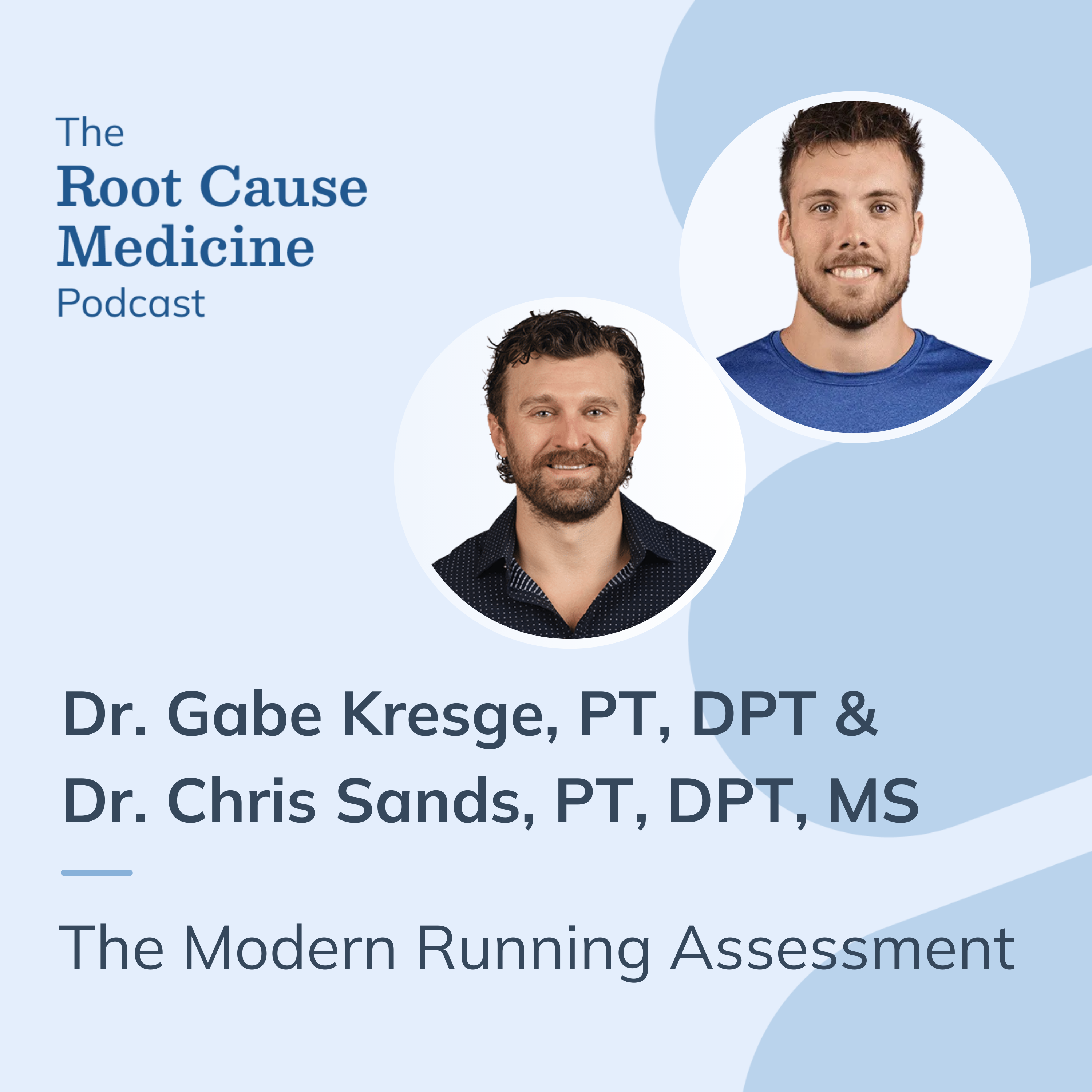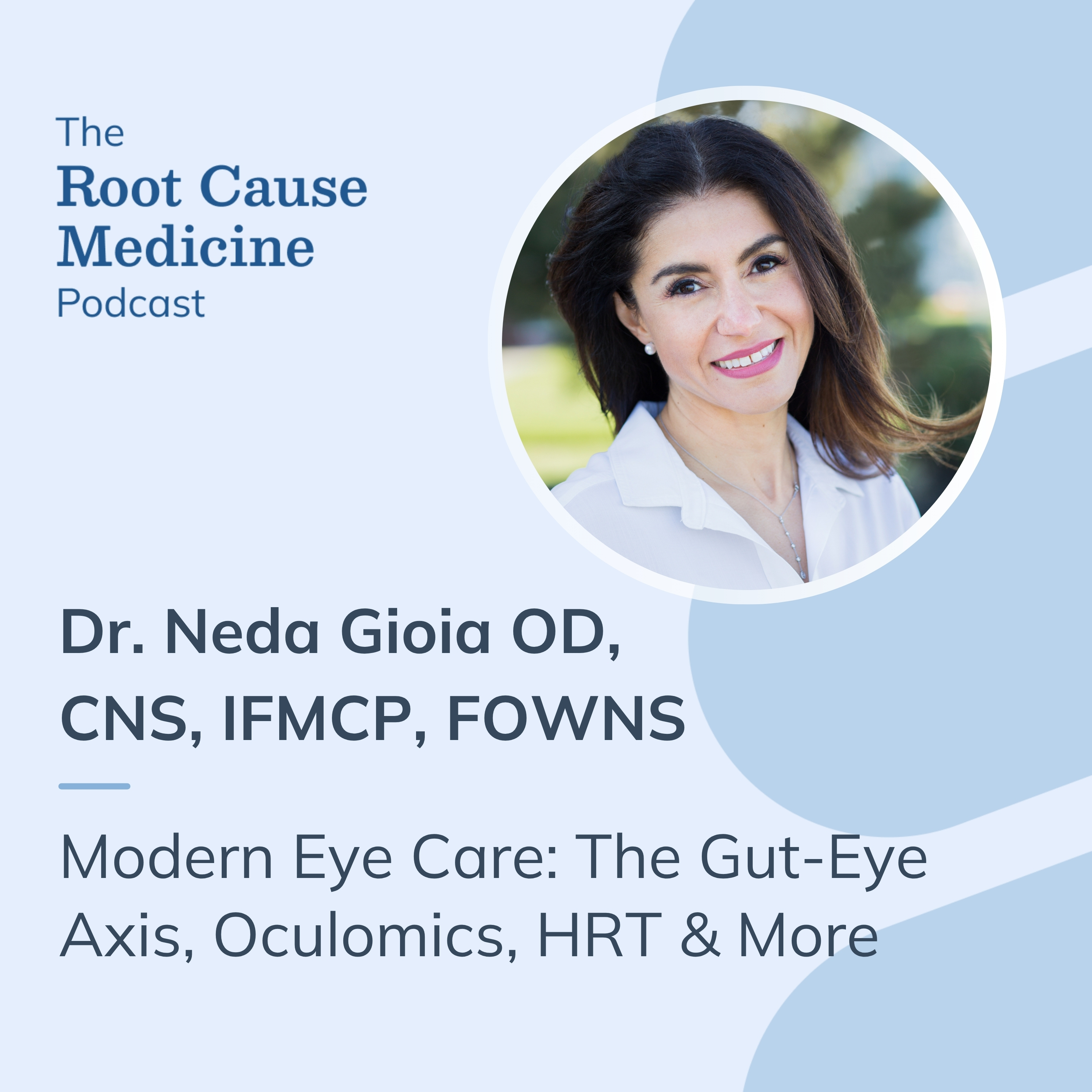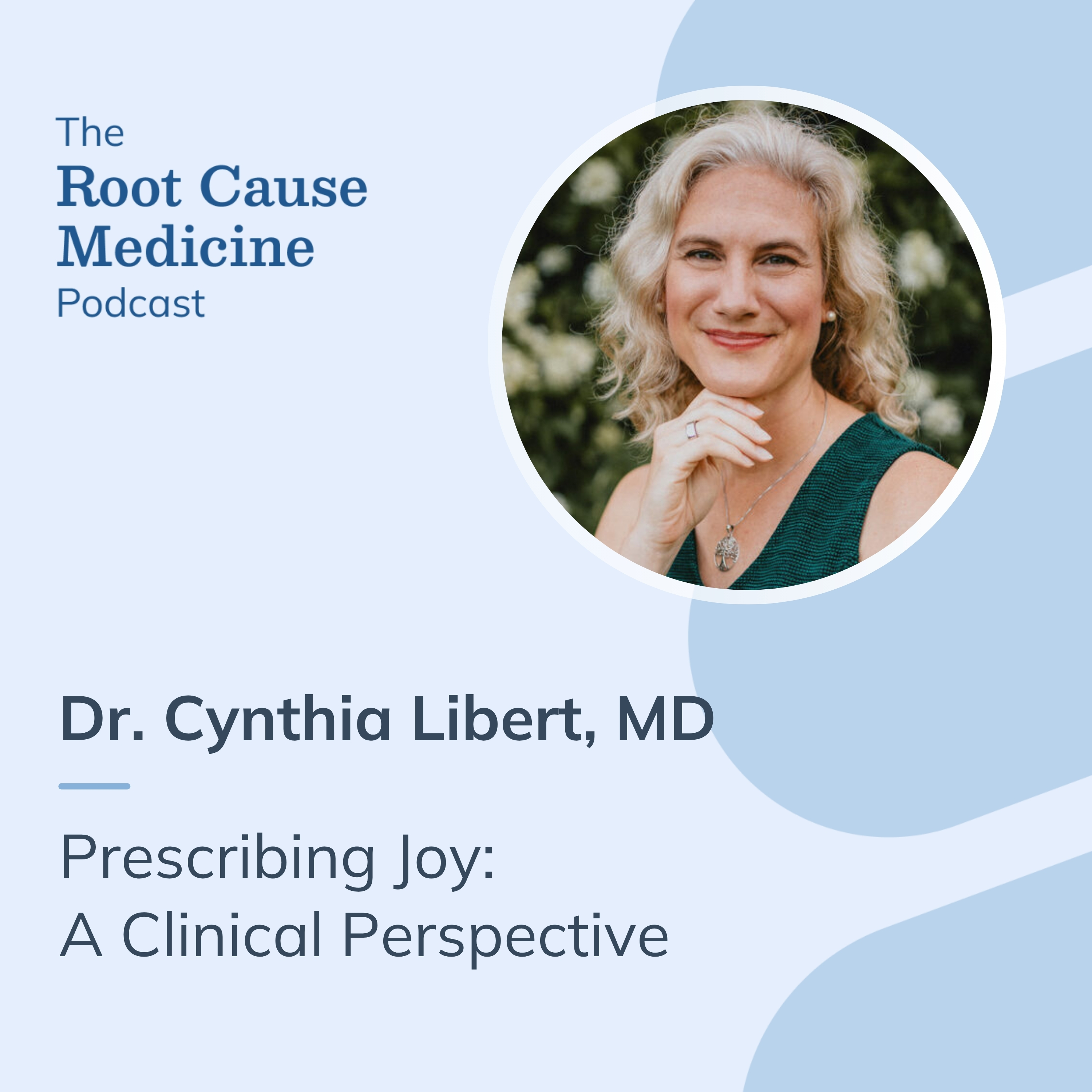As digestive concerns are becoming more common, it’s important to be aware of any food sensitivities and intolerances you might have that could be contributing to your symptoms.
Here’s some helpful information about understanding food sensitivities and finding a practitioner who can assist you.
[signup]
Food Sensitivities are Not the Same as Food Allergies
It’s important to know that food allergies and food sensitivities are different. The only thing they share is the word “food” in their name.
Food Allergies and IgE Response
An IgE-mediated response is a permanent allergy and can cause an immediate reaction within minutes to hours of eating certain foods. These allergies can be serious and require medical attention.
Food Sensitivities and IgG Response
Food sensitivities are more common than food allergies and are estimated to affect many people. Food sensitivities can cause delayed symptoms hours to days after eating certain foods. IgG-mediated responses are temporary and do not cause an immediate reaction. In many cases, other immunoglobulin antibody responses may also be involved with food sensitivity, including IgA (which is found in the mucus membranes).
[youtube]
Conventional Doctors and Food Sensitivities
Conventional doctors may not always test for food sensitivities because research and testing in this area are still developing.
Many people find elimination diets helpful for identifying food sensitivities, although some patients have also found testing beneficial.
The Role of Food Sensitivity Testing
Food sensitivity testing may help identify foods and spices that could be affecting your health. When the body reacts to multiple foods, it can be challenging to determine the exact cause.
Who Can Order These Types of Tests
If you are interested in food sensitivity testing, consider working with a functional medicine practitioner. They can help you get the appropriate tests and interpret the results. Food sensitivities are often not permanent, and you may be able to reintroduce these foods later. Your practitioner can guide you on when to reintroduce foods and retest to see if sensitivities have changed.
Food Sensitivity Tests Used by Practitioners
We explored what some well-known functional medicine doctors think about food sensitivity testing and the tests they use for their patients.
Mark Hyman (2012)
M.D., Founder of the Cleveland Clinic Center for Functional Medicine, New York Times best-selling author
(P.S. Dr. Hyman uses the term “low grade food allergies” and “food allergens” instead of “food sensitivities”.)
Three Ways to Identify Food Allergies
Blood testing for IgG food allergens (Immunolabs and other labs) can help identify potential food sensitivities. While these tests have limitations and should be interpreted in the context of your overall health, they can provide useful insights. It’s always a good idea to work with a healthcare professional when considering these tests.
Alternatively, Dr. Mark Hyman suggests:
- Trying a dairy- and gluten-free diet for 6 weeks. Dairy and gluten are common triggers. For those struggling with weight, a short elimination can be part of a broader health plan. Temporarily removing these foods may help support gut health.
- Avoiding common food allergens. If removing dairy and gluten doesn’t help, consider eliminating other common allergens like corn, eggs, soy, nuts, nightshades, citrus, and yeast for six weeks. Reintroduce them gradually to see if any cause a reaction.
Recommended Tests: Immunolabs, testing dairy & gluten elimination
Amy Myers, MD (Aug 2018)
Functional Medicine M.D., New York Times Bestselling author
- Her philosophy: “Your body knows better than any test”.
- Food sensitivity tests are commonly used in her practice.
- She recommends starting with an elimination diet for the top 12 foods.
“For those who prefer data, I order the Immunolabs food sensitivity test, as it is considered reputable.”
Recommended Tests: Immunolabs Food Sensitivity Test
Dr. Joel Adams
Director of The Center for Functional Medicine in Stamford, CT and the Medical Director of KBMO Diagnostics, the Director of Curriculum development of the Functional Medicine Coaching Academy, and a member of the senior faculty of The Institute for Functional Medicine
“In clinical practice, keeping patients motivated on an elimination diet can be challenging. I’ve always sought the right food sensitivity test to avoid unnecessary food eliminations.”
For example, if a patient isn’t sensitive to soy, eliminating it may not be necessary. The FIT test identifies foods that may trigger inflammation, which is important for understanding health concerns.
“Food sensitivity testing has been challenging, but finding a reliable test that correlates with symptoms is crucial.”
Recommended Tests: KMBO FIT Test
On The Podcast: What’s the Difference Between Food Allergy VS Food Sensitivities with James LaValle












%201.svg)







